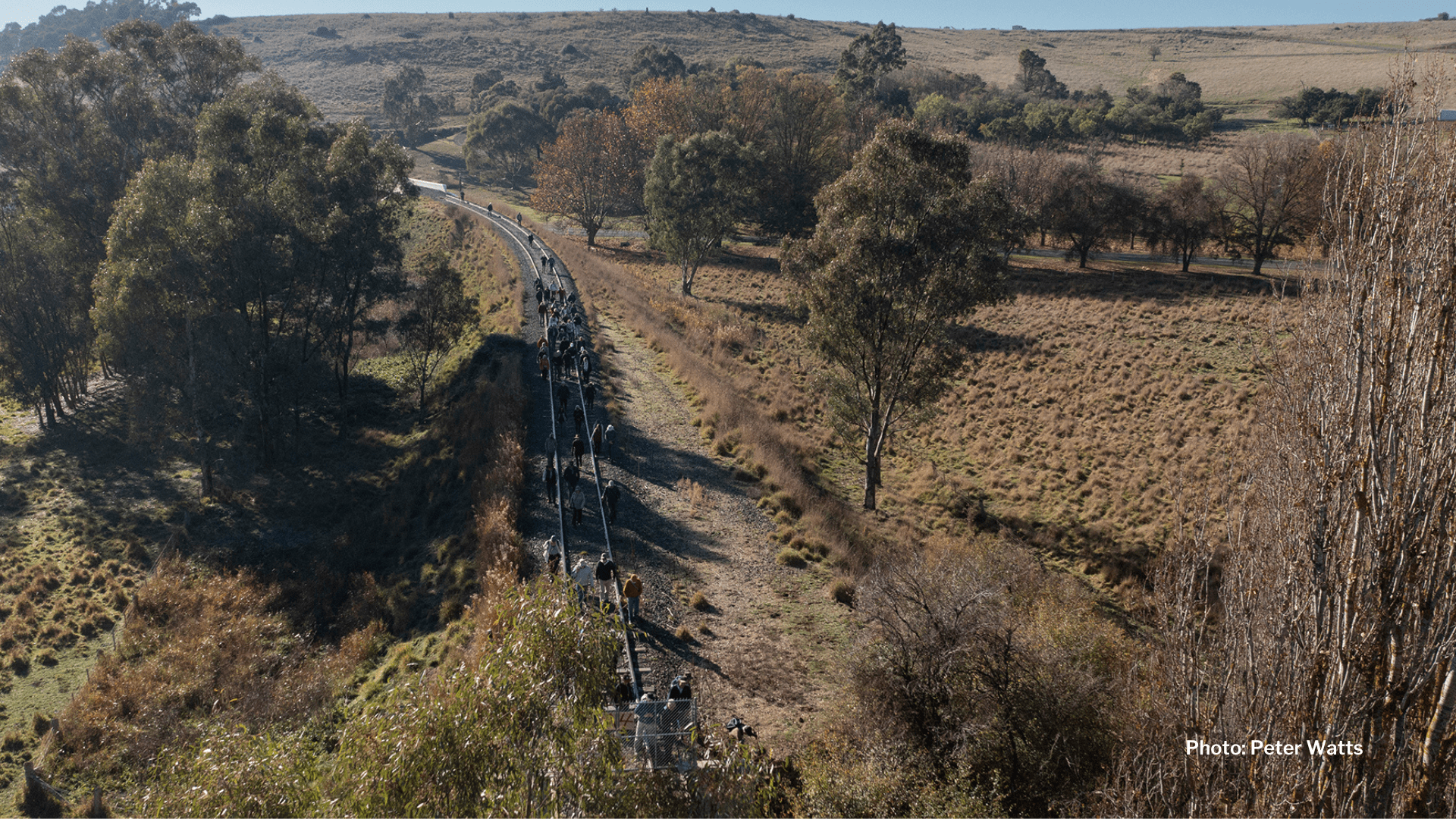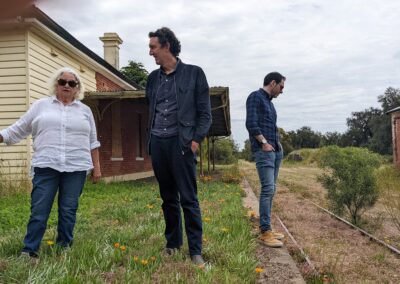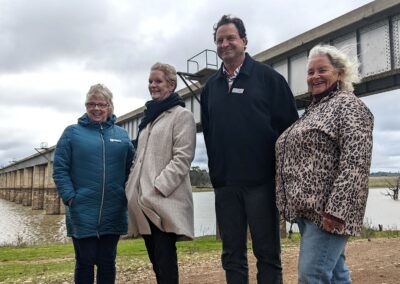
Community survey brings strong trail study tail wind
5 June, 2023
An overwhelming community response is providing a strong push to the feasibility study for a rail trail between Castlemaine and Maryborough as the study enters its final weeks.

The consultants’ survey is available here, and is expected to remain open until the third week in June.
Already more than 600 people have responded to the survey being conducted by study consultants FFLA and Urban Enterprise.
The vast majority of respondents have been from the shires of Central Goldfields and Mount Alexander. The proposed 55km recreational trail on the disused rail corridor will traverse the two shires.
“We understand community sentiment recorded so far by the survey has been overwhelmingly positive,” CMRT secretary John Carruthers said. “The consultants haven’t released the final results, but they’ve revealed that with the survey in its fourth week there’s already a clear local groundswell of support for a trail.”
The survey has been actively communicated by the two local councils which have backed the trail study along with CMRT and the Victorian government.
John said the overwhelming initial community response had been achieved without CMRT calling directly on its 300-plus members and supporters to complete the survey. “We decided during the initial four-week survey period to stay on the sidelines so the consultants could get an unskewed response from the community. Mission accomplished.”
CMRT president, Janice Simpson, said this meant the time was now right for other voices to be heard.
“If you’re a CMRT member, an active local walker or cyclist or a member of Bicycle Network who likes trails, we want you to complete the survey,” Janice said.
“Tourism and visitation to the region are going to be really important for our communities when the trail is built. We want to hear from those people too before the survey closes.”
Janice said tourists and visitors were forecast to make up the majority of the 20,000+ annual users of the trail, and they would bring their wallets and the prospect of more prosperity to the region with them. This uplift would help deliver the trail’s as social and health benefits too.
Janice said the opinions of residents, trail enthusiasts and regional visitors would be an important contribution to the study.
“If you’re a CMRT member or supporter, or from the cycling and walking communities, and you’ve already responded, we thank you.”
The study is investigating the economic benefits of the trail and the practical feasibility of its route and construction.
The consultants’ feasibility study draft report will be completed later this month and the final report by the end of July. It is anticipated that the final report will be released to the public soon thereafter.
The feasibility study will be influential in unlocking further funding for the trail – including the next stage associated with environmental, cultural and land-use planning, rail corridor lease negotiations, and in-depth community and landowner consultation – which could cost up to several hundred thousand dollars.
“The study’s interim findings are very, very encouraging,” Janice said. “It’s too early to talk specifics, but we’re very confident that the case will be made, and that this will be compelling enough for local, state and federal governments to get right behind it.”
Janice explained that the next project phase would include more in-depth community and landowner consultation than the “pulse” gathered by this month’s survey.
The feasibility study began in December. The consultants from FFLA and Urban Enterprise include urban planners, tourism economists, engineers and quantity surveyors.
The study is testing the claim that a world class trail can be established between Castlemaine and Maryborough along the disused rail corridor, contributing more than $8 million in annual economic uplift to the two shires.
Funding for the feasibility study was anchored by a $120,000 grant from the Victorian government through its Enabling Tourism Fund. Another $18,000 was raised by CMRT and $6,000 from each of the two councils.
Janice and John sit on feasibility study project steering group alongside representives from the two councils and the state government.


